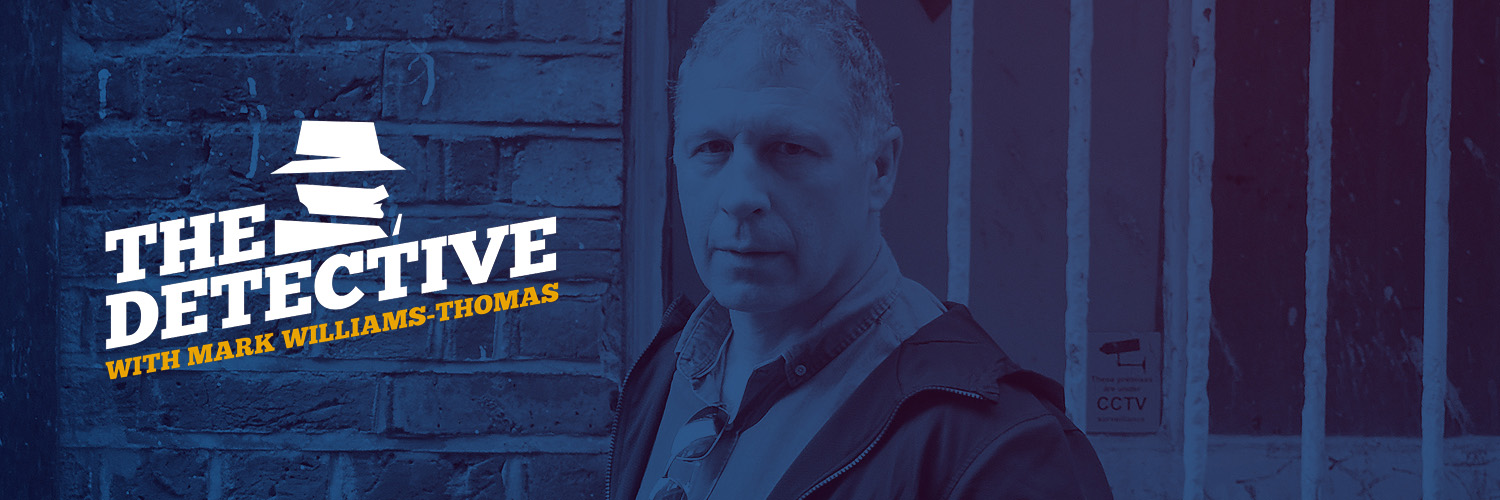Mary Flanagan was aged 16 when she disappeared from her home in the area of West Ham in London on New Year’s Eve, 1959. Mary is the UK’s longest missing persons’ case.
Mary was born on 9 June 1943 into a London-Catholic family. She had two sisters, Eileen and Brenda and a brother Kevin, they lived at Wallace Road, E15 at the time of her disappearance; this road no longer exists.
She was working at both the Tate and Lyle sugary factory and for an optician in Stratford.
Mary’s sister, Brenda, gives a background to the family dynamics and sets the scene of 1959 compared to today. Brenda then explains the events leading up to Mary’s disappearance.
We also find out that in the weeks leading up to Mary’s disappearance she was leaving for work every day, at Tate and Lyle, even though in fact she was not actually going in to work – so where was she going?
Brenda explains that in the 6 months before, she was introduced to a man from the docks by her father and that they became engaged. This person, from the memory of the family, was called Tom and he worked in the Merchant Navy.
Following a re-investigation by the police in 2013 they were unable to establish who Tom was.
However, they were having to work without sight of the initial police investigation files which the police say were destroyed in a flood years earlier. So, it is very likely that the Tom’s details would have been in this file.
One thought that the family have is that Mary could have been pregnant, causing her to leave home for fear of how her very religious Catholic parents would react.
The podcast explores two sightings after Mary went missing, one by someone known to Mary and other decades later in Scotland – could these have been Mary?
A few years ago, to try to assist the public, the Missing People charity commissioned forensic artist Tim Widden to create a facial age-progression image.
The podcast hears from Missing People case manager Amy Walker, who discusses the complex background to missing cases.
There is no doubt that if the original missing person report from 1959 had not been destroyed it would have contained vital information, especially about Tom.
Perhaps Tom had nothing to do with Mary’s disappearance – but my gut feeling I that he certainly could have provided vital information.
What we will never know is if the police took Mary’s disappearance seriously and investigated it or just went through the motions.
Very frustratingly we can’t be certain what happened to Mary – but what is certain is that aged 16 she was able to stay completely of the radar, which was much easier in 1960’s than it is today with modern CCTV, and external monitoring factors. But even then, it would not have been easy.
She certainly fits the profile suitable for abduction and murder – which could explain why she never re-surfaced in any proof-of-life enquiries.
If she was murdered then her killer has managed to successfully dispose of her body.
Very sadly Mary remains one of the hundreds of young people who have simply vanished, leaving their loved ones forever heart broken.
It is for these people that the not knowing never gets any easier.
If you have any information about Mary or her whereabouts, please call Newham police’s Missing Persons Unit on 020 82175728 or call the charity Missing People anonymously on 116 000
Mary’s sister, Brenda, has written a letter to Mary in the hope that she will read it and make contact, the letter can be viewed along with the other images and evidence here
